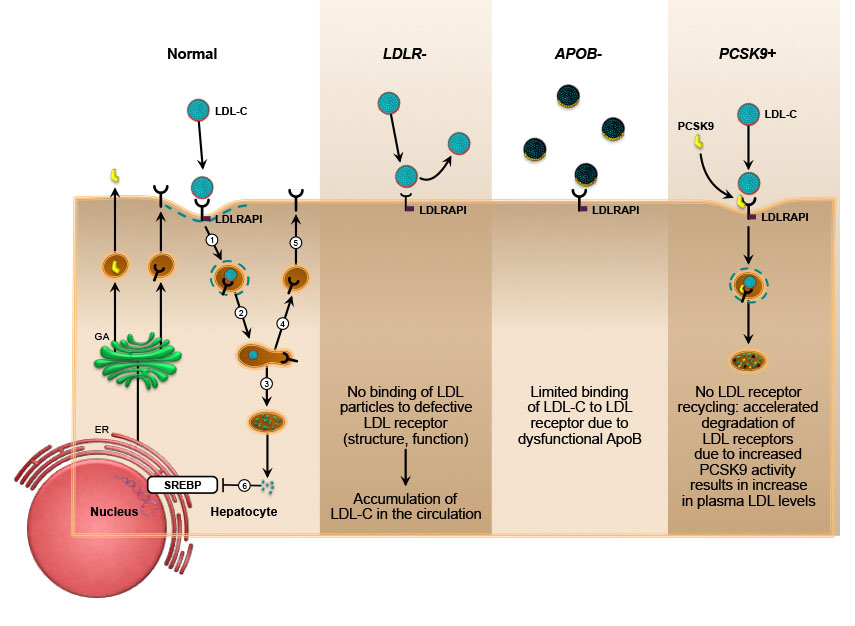
If you think you are at risk for Peripheral Artery Disease, the next step is to become familiar with some specific symptoms that may indicate you have PAD, including some of the following: If other vascular disease runs in your family, such as heart attack or stroke, you are also at increased risk. This risk is even higher if PAD develops in your family members when they are younger than 68. PAD runs in your family – If you have multiple family members with peripheral artery disease, you are almost twice as likely to develop PAD as someone without a family history. You are on dialysis – Having kidneys that do not function properly is a risk factor for PAD between 15 and 23% of people on dialysis will have PAD. Your race – African Americans are twice as likely to have PAD. Your cholesterol is high – You are at risk for PAD if your total cholesterol numbers are high.Ħ. You have high blood pressure, or your doctor tells you that you need blood pressure medication – Having high blood pressure, particularly if it’s not well-controlled, increases your risk for the development of PAD.ĥ. If you are a smoker, you’re between 2 and 4 times more likely to have PAD than a non-smoker. You smoke – Smoking is one of the strongest risk factors for developing PAD. The longer you have had diabetes the greater your risk of developing PAD is.ģ. You have diabetes – Having diabetes significantly increases your risk of PAD by 1.8 to 4 times. However, being younger than 70 does not mean that you are safe it’s not uncommon for people in their 50’s to be diagnosed with PAD. Your age – Almost 15% of adults over the age of 70 have PAD. PAD risk factors may include the following:ġ. There are multiple risk factors that increase the chances of being at risk for Peripheral Artery Disease, but they are not all equal.

8 Risk Factors for Peripheral Artery Disease Keep reading to learn more on PAD risk factors and to make you aware of symptoms of PAD. ĭo you think you or someone you know may be at risk for Peripheral Artery Disease and possibly among the estimated 8.5 million people in the United States with peripheral artery disease (PAD)? Diabetic foot ulcers are the leading cause of amputation due to diabetes.

PAD can cause pain and foot ulcers, and, for those living with diabetes, may be a contributing factor in developing a non-healing diabetic foot ulcer. These blockages, consisting of cholesterol and plaque, limit the blood flow, which carries oxygen and nutrients, to the lower parts of the leg. PAD is a serious medical condition that involves blockage of the arteries in the legs.


 0 kommentar(er)
0 kommentar(er)
